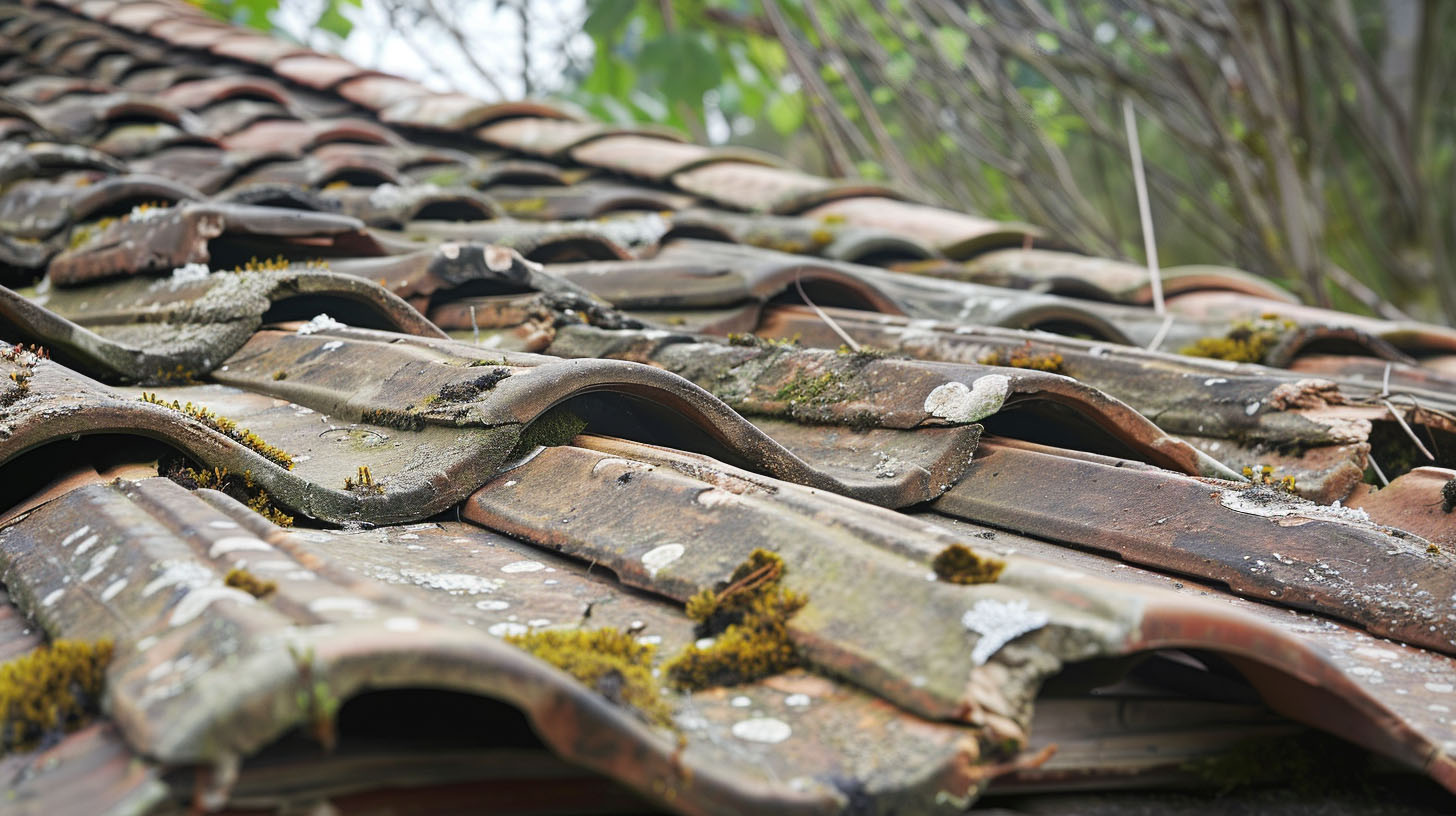The Dangers of a Sagging Roof and What to Do
A sagging roof isn’t just an eyesore; it’s a sign of structural problems that no homeowner should ignore. Over time, minor dips can worsen into serious issues, including water damage, reduced insulation efficiency, and a compromised roof structure. Ignoring the early warning signs may lead to expensive repairs and jeopardize the safety and longevity of your home. That’s where Specialist Roofing & Repair, comes in. Our experienced team is dedicated to identifying and addressing roof issues before escalate. In this blog, we’ll explore the dangers of a sagging roof while offering solutions to address the issue effectively and professionally, ensuring your home remains safe and secure in Orange County, CA.
Understanding Roof Sagging: What It Means for Your Home
A sagging roof is more than just an aesthetic issue—it’s an indicator that the home’s structure may be at risk. When parts of the roof dip or slope unevenly, it often points to significant issues needing immediate attention.
Identifying roof sagging early is crucial for maintaining the structural integrity and the structure of the roof of your home. Recognizing the signs of sagging and understanding its potential causes will help you take the necessary steps to protect your property and avoid unnecessary expenses.
What Is Roof Sagging?
Roof sagging refers to a downward curvature in the roof structure, often indicating structural weaknesses. This condition can arise from excessive weight, poor construction practices, or prolonged exposure to moisture. Identifying roof sagging early is crucial for maintaining your home’s safety and integrity.
Common Types of Roof Sag
Several types of roof sag can manifest, each indicative of underlying structural issues. The most common type is a noticeable dip, often resulting from excessive weight, such as accumulated snow or poor ventilation. Additionally, unequal rooflines may occur due to inadequate support or substandard construction techniques, thinning the roof’s integrity over time. Recognizing these signs early can prompt homeowners to seek expert help from a professional roofing contractor, preventing future sagging and costly repairs while ensuring the home’s structural safety.
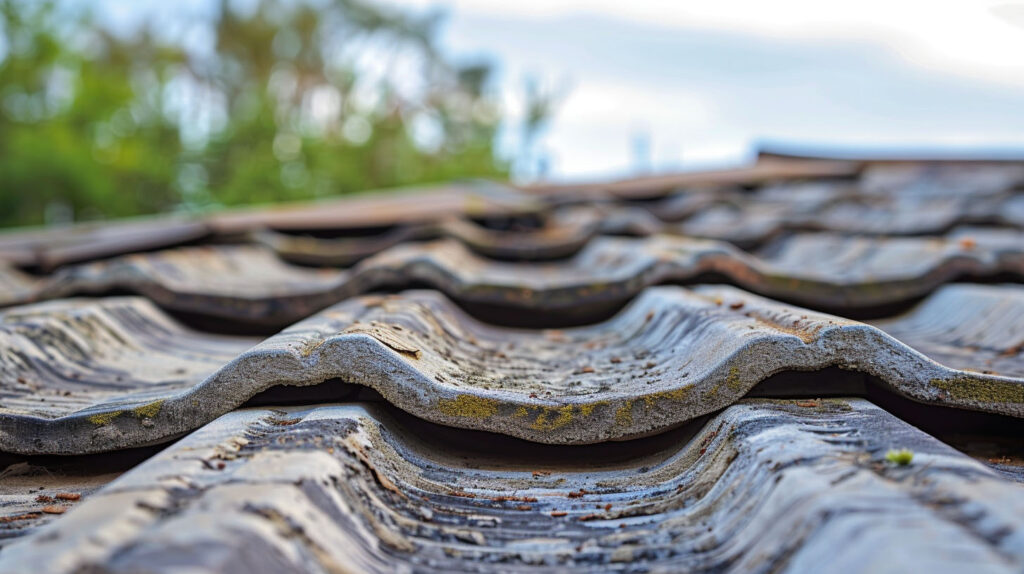
Major Causes of a Sagging Roof
Additionally, older roofs naturally lose their strength over time due to natural wear and tear, and a lack of maintenance can exacerbate this issue. By identifying the cause of the sag, homeowners can address the root issue and reinforce their roof’s durability for the future.
Excess Weight and Poor Construction
Excessive weight on a roof, often from heavy snowfall, debris accumulation, or improperly installed roofing materials, can drastically undermine the structural integrity of the roof. Coupled with poor construction techniques, such as inadequate support beams or subpar roofing materials, the risk of significant sagging increases, leading to potential serious structural issues. Homeowners must recognize these serious issues and consider routine inspections by a professional roofing contractor to gauge the extent of the damage and determine the best course of action.
Water Damage, Mold, and Rot
A sagging roof often indicates underlying issues such as low spots, water damage, mold, and rot. Accumulated moisture can compromise the structural integrity of the roof, leading to serious structural problems. The roof’s structure weakens over time, increasing the risk of complete collapse. Mold growth not only poses health risks but also accelerates the degradation of roofing materials. Regular inspections by a professional roofing contractor can identify these hazards early, providing peace of mind and preventing extensive damage or costly repairs down the line.
Pest Infestations and Structural Weakness
Pest infestations can exacerbate structural weakness in a home, particularly in roofs showing signs of sagging. Rodents and insects may invade the roof’s structure, potentially damaging roofing materials and compromising its overall integrity. As pests create nests, contribute to moisture accumulation, which leads to mold growth and further degradation. Regular inspections by a professional roofing contractor are essential in identifying early signs of pest activity, allowing for timely intervention and preventing extensive damage to the roof and underlying structure.
Signs Your Roof May Be Sagging
Spotting the signs of sagging early is crucial to preserving your roof’s integrity and preventing extensive damage. Exterior indicators like visible dips in the roofline or uneven shingles shouldn’t be ignored. These visual cues often signal underlying issues.
Inside your home, bowed ceilings or sticking doors may also point to problems with your roof’s structure. Recognizing these warning signs early on allows you to take timely action and avoid more serious consequences.
Visible Dips and Uneven Rooflines
Noticeable dips and uneven rooflines often signal underlying structural issues. These irregularities can compromise the roof’s integrity, leading to severe consequences such as roof collapse or expensive repairs. It’s essential to identify these signs early; may stem from excess weight or poor construction practices. Regular maintenance and inspections by a professional roofing contractor can help detect these issues before escalate. Addressing visible sagging promptly ensures the structural soundness of your home and averts potential dangers.
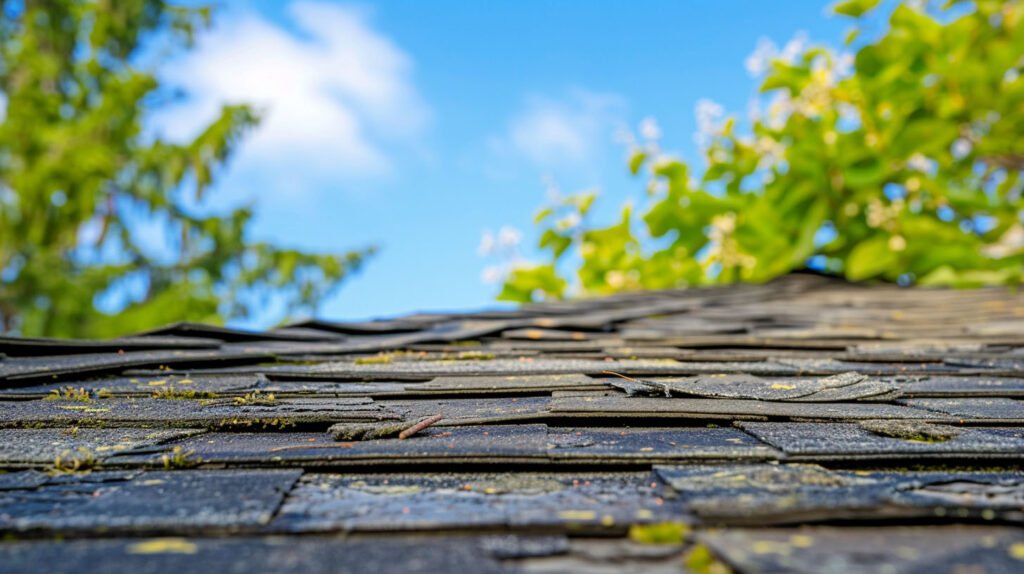
Interior Clues: Bowed Ceilings and Sticking Doors
Signs within your home often indicate potential roof issues. Bowed ceilings and sticking doors can signal sagging, hinting at structural problems that require immediate attention. These interior clues may suggest underlying water damage or inadequate support, putting your home’s integrity at risk. Regular inspections can help identify these signs early, allowing you to address any concerns before escalate into costly repairs. Ensuring proper maintenance is key to maintaining peace of mind regarding your home’s structural integrity.
The Dangers of Ignoring a Sagging Roof
Ignoring signs of a sagging roof can lead to severe consequences for your home’s structural integrity. The potential for roof collapse increases with any amount of sag as water damage accumulates, particularly from excessive weight due to heavy snowfall or ice dams. Furthermore, the neglected sagging roof fosters an environment conducive to mold growth, posing health risks to occupants. Addressing minor sagging promptly with the assistance of a professional roofing contractor can avert costly repairs and ensure the longevity of your roof, ultimately preserving peace of mind.
Risk of Roof Collapse and Safety Hazards
Ignoring signs of roof sagging can escalate to serious safety hazards and increase the risk of roof collapse. Over time, excessive weight from snow or water damage can compromise the structure’s integrity, leading to catastrophic failures. Early detection through regular inspections and maintenance is crucial to safeguard your home. Employing a professional roofing contractor ensures thorough evaluations of the roof’s condition and identifies any potential danger. Taking immediate action not only protects your family’s safety but also mitigates extensive damage costs in the long run.
Increased Repair Costs and Property Value Loss
Ignoring the signs of a sagging roof can lead to exorbitant repair costs. Minor issues, such as water stains or noticeable dips, often escalate into serious structural problems, that can affect any part of the roof, requiring extensive repairs and possibly a full replacement. This not only affects the roof’s integrity but can also diminish your property’s value significantly. Early intervention from a professional roofing contractor ensures that the extent of the damage is managed effectively, preserving both the structure of your home and your investment in the long run.
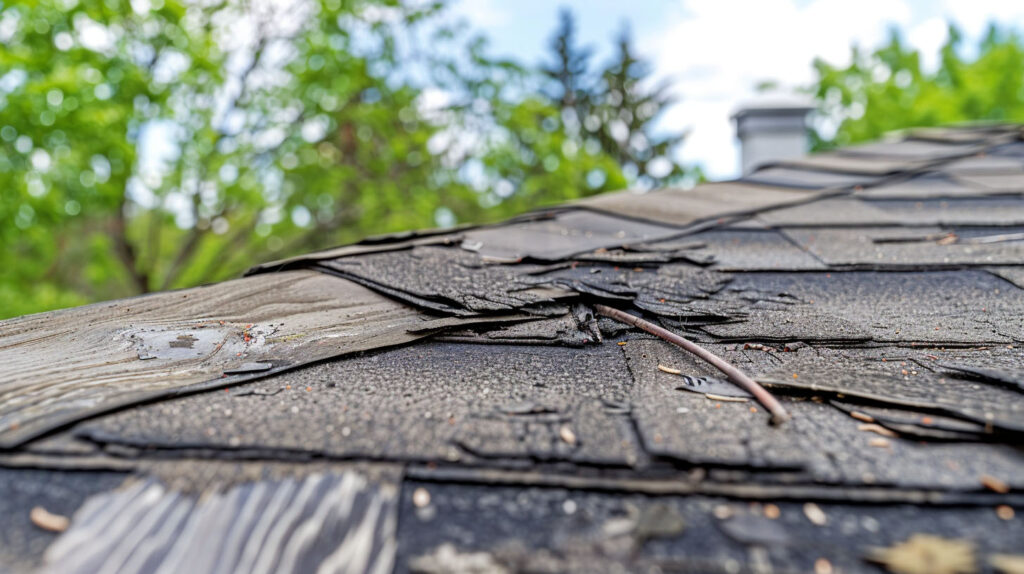
Your Next Steps
Addressing a sagging roof promptly is essential for safeguarding the structural integrity of your home. Ignoring these signs can lead to catastrophic failures, increased repair costs, and serious safety hazards. By engaging a professional roofing contractor, homeowners can ensure the best course of action is taken, preventing further damage and maintaining the value of the property. Our awards include being an Owens Corning Platinum Preferred Contractor, a Polyglass Quantum Contractor, and holding a BBB A+ Rating, which underscores our commitment to quality service. Regular inspections and proper maintenance provide peace of mind, allowing for timely interventions and a solid, secure residential structure for years to come.
Frequently Asked Questions
Will homeowners insurance cover a sagging roof?
Homeowners insurance may cover a sagging roof if it results from a covered peril like severe weather or accidental damage. However, policies often exclude general wear and tear, so reviewing your specific policy and consulting with your insurance provider is essential.
How much would it cost to fix a sagging roof?
The cost to fix a sagging roof varies significantly based on severity, materials, and labor. On average, homeowners can expect to pay between $1,000 to $5,000 for repairs, but extensive damage may require more substantial investments. Always consult professionals for accurate estimates.
Should I buy a house with a sagging roof?
Buying a house with a sagging roof can lead to costly repairs and potential safety hazards. Consider the extent of the damage and repair costs before making a decision, as it may significantly impact your property value and future stability.
Read our blog: How to Prepare Your Roof for El Niño Season


